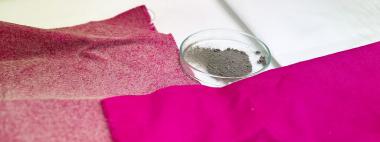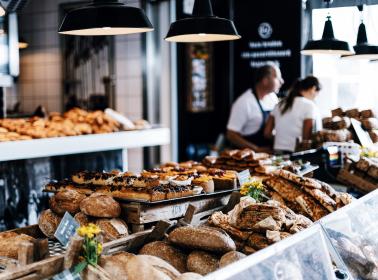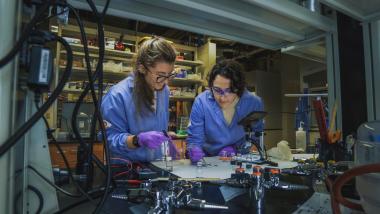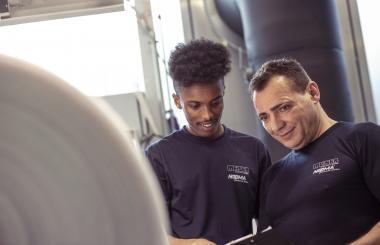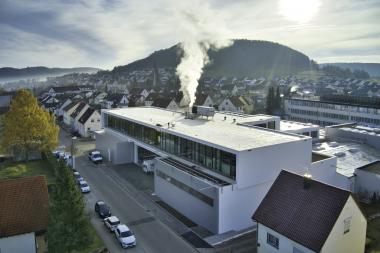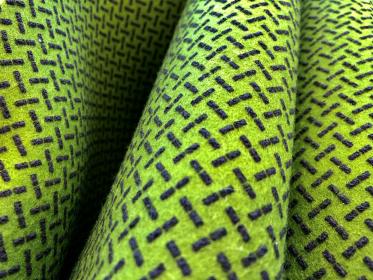The most tasteful kind of coating
Tiny external structures in the wax coating of blueberries give them their blue colour, researchers at the University of Bristol can reveal. This applies to lots of fruits that are the same colour including damsons, sloes and juniper berries.
In the study, published in Science Advances, researchers show why blueberries are blue despite the dark red colour of the pigments in the fruit skin. Their blue colour is instead provided by a layer of wax that surrounds the fruit which is made up of miniature structures that scatter blue and UV light. This gives blueberries their blue appearance to humans and blue-UV to birds. The chromatic blue-UV reflectance arises from the interaction of the randomly arranged crystal structures of the epicuticular wax with light.
Rox Middleton, Research Fellow at Bristol’s School of Biological Sciences, explained: “The blue of blueberries can’t be ‘extracted’ by squishing – because it isn’t located in the pigmented juice that can be squeezed from the fruit. That was why we knew that there must be something strange about the colour.
“So we removed the wax and re-crystallised it on card and in doing so we were able to create a brand new blue-UV coating.”
The ultra-thin colourant is around two microns thick, and although less reflective, it’s visibly blue and reflects UV well, possibly paving the way for new colorant methods.
“It shows that nature has evolved to use a really neat trick, an ultrathin layer for an important colorant," added Rox.
Most plants are coated in a thin layer of wax which has multiple functions, many of them that scientists still don’t understand. They know that it can be very effective as a hydrophobic, self-cleaning coating.
However until now, researchers did not know how important the structure was for visible colouration.
Now the team plan to look at easier ways of recreating the coating and applying it. This could lead to a more sustainable, biocompatible and even edible UV and blue-reflective paint.
Furthermore these coatings could have the same multiple functions as natural biological ones that protect plants.
Rox added: “It was really interesting to find that there was an unknown coloration mechanism right under our noses, on popular fruits that we grow and eat all the time.
“It was even more exciting to be able to reproduce that colour by harvesting the wax to make a new blue coating that no-one’s seen before.
“Building all that functionality of this natural wax into artificially engineered materials is the dream!”
Bristol University
Paper: ‘Self-assembled, Disordered Structural Colour from Fruit Wax Bloom’ by Rox Middleton et al in Science Advances.



